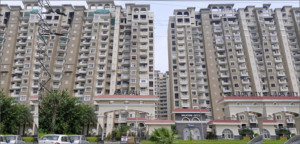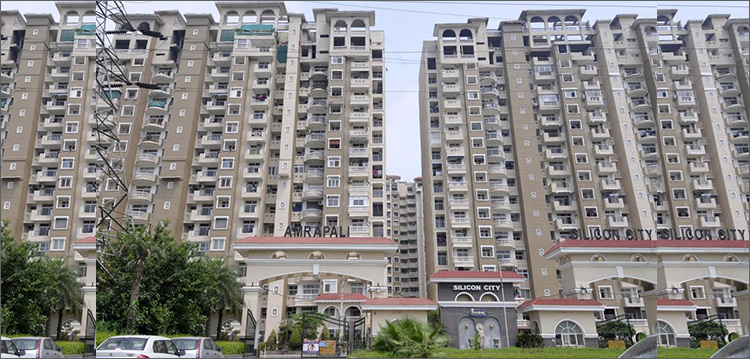 The Supreme Court has asked the Amrapali Group, to provide details of money collected from its home buyers, to ascertain the outstanding amount to be paid by the home buyers and the funds needed to complete the projects
The Supreme Court has asked the Amrapali Group, to provide details of money collected from its home buyers, to ascertain the outstanding amount to be paid by the home buyers and the funds needed to complete the projects
In a bid to ascertain whether there was any ‘siphoning’ of funds, the Supreme Court, on April 11, asked real estate major Amrapali Group, to provide details of the money it had collected from the home buyers and how much it had invested in its housing projects. The apex court also asked the Group to appraise it, on whether there was any outstanding amount, which was to be paid by the home buyers to it and how much more fund was required to complete the projects. A bench comprising justices Arun Mishra and UU Lalit, observed that these details were needed, so that it could pass an effective order in the matter. “We want to know if there is siphoning of money and we also want to know if there is liability of the buyers,” the bench said.
The Amrapali Group had earlier given the details of its ongoing housing projects, stages of work and the likely time to complete construction. During the latest hearing, one of the advocates appearing for the home buyers, referred to the status of some of the projects of the Group in Noida and Greater Noida in Uttar Pradesh. He said in the Amrapali Sapphire project, out of a total of 1,030 units, possession was given for 950 flats and 80 units were yet to be handed over. Similarly, in the Amrapali Zodiac project, out of a total of 2,217 flats, possession was given for 1,650 flats, while that for 567 units was yet to be given. He said that in the Amrapali Eden Park project, there were a total of 316 units and possession was given for all the flats, while in Amrapali Silicon City-I project, out of 2,464 units, possession for 375 flats remained to be given.
However, the lawyer said there were certain deficiencies in these projects, with regard to fire-fighting equipment, lifts, water supply, sewage, power backup, parking, CCTVs and others. At this, the bench observed, “A few facts are still missing. How much money remains to be paid project-wise? Please give a chart. How much money has been invested in projects, how much was collected and how much money is required. Let the builder also submit it. Only then, we can pass an effective order,” the bench said.
See also: SC directs Amrapali Group to meet home buyers on March 17, 2018
The counsel for the home buyers told the court that there was a delay of years, in handing over the possession of flats to the buyers, due to which they have suffered a lot. “We understand your rights,” the bench said. The counsel appearing for the Group told the court that they had earlier too given details of the expenses incurred by them in these projects. He said there were some unsold units also.
When the bench asked the Group about its roadmap to complete the projects, the counsel said, “The court had asked us to complete tower by tower and project by project. We cannot do it in one go, unless cash flow is there.”
However, the counsel for the buyers said there were three categories of projects – one, where people were residing and possession of several units have been handed over, the other was where the builder was saying that construction work would be completed within a year and third category was where construction was at a nascent stage. At the end of the hearing, the bench asked the Group if the unsold units in projects, where possession could be handed over, could be given to the buyers who have put their money in those projects, which had not taken off. The counsel representing the Group, said they were willing to do this but there were objections from the buyers about change of location, size of the flats and others. The bench posted the matter for hearing on April 17, 2018.
The company, which is facing insolvency proceedings initiated by the creditor bank for not repaying the loans, had earlier told the top court in an affidavit that it was not in a position to complete the projects and hand over possession of flats to over 42,000 home buyers, in a time-bound manner. It had also said that the properties were needed to be developed, with the help of co-developers







